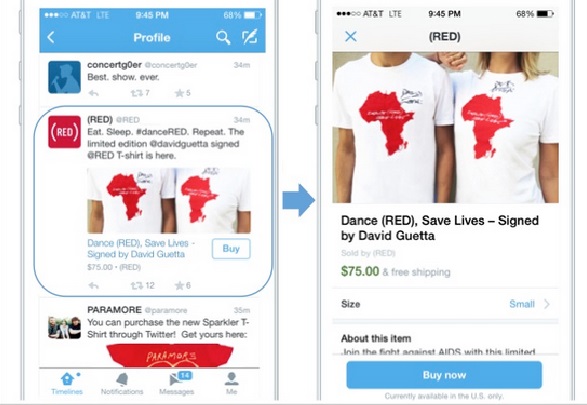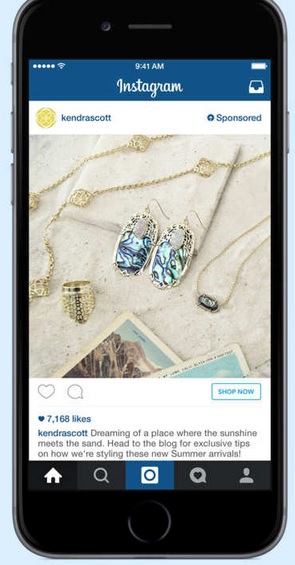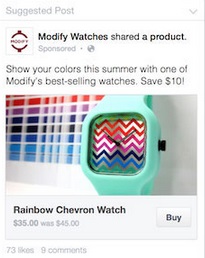Willy Wonka made consuming media literal with his “Wonka Vision” invention that teleported a giant chocolate bar to be eaten right out of a TV screen. Sadly, this kind of instant gratification will likely only exist in fiction. With the arrival of buyable pins and stoppable buttons, however, brands may have found the next best thing.
Pinterest, Instagram, Facebook, and Twitter have all recently announced features to allow immediate in-platform buying. This not only capitalizes on the impulse-buy mentality but it brings “wanting” one step closer to “having” for consumers. That said, before marketers start high-fiving, they should understand that simply slapping a buy button onto an existing image or video is somewhat like a concept car at an auto show: a promising idea, just not entirely possible at the moment.
While the idea of buy buttons seems simple enough, they will prove devilishly difficult to execute. Here’s why:
Gaining Customer Trust
Pinterest, Instagram — and even Facebook — are not Amazon. Users may trust Pinterest with their wish lists, but credit card information is an entirely different story. The innovation lies in social networks transforming themselves into a hybrid of ad platform, payment processor, and potential retailer. Some social media giants are beginning this transformation, partnering with Stripe to power their buy buttons. However, there is still much work to be done in building consumer trust when it comes to social commerce.
Running Out of Product
Assuming Pinterest (or another social network) does gain a shopper’s financial trust, it’s unclear exactly how the social shopping experience will play out. If an advertiser runs out of a product, will its inventory system communicate that information and deactivate buy buttons for any out-of-stock items? If not, the platforms hosting those wonderful buttons will irk users more than they inspire them, fueling frustration toward brands.
Crossing Over Campaigns
As they become more standardized, traditional and digital marketing campaigns will need to integrate with social buy buttons. Twitter is layering in context for purchase decisions with product pages and celebrity “Collections,” more or less dressing up the traditional celebrity endorsement in a new package. However, if a shopper won’t buy something based on a celebrity’s endorsement in a TV commercial, it seems unlikely that a Twitter Collection featuring that same item will have a different result. Since social media brings an entirely new purchase vehicle, brands will need to test the platforms separately to understand which campaigns do or don’t resonate with this new consumer audience.
Getting Users to Spend Big
No one yet knows which products and services will be best poised for social commerce. A tweet about a new food product or t-shirt might spur some impulse buying, however people may opt for alternative shopping mediums for pricier purchases that require more information and research. Buy buttons likely won’t impact weekly consumable purchases either. Effortless delivery of everyday needs are fast becoming automated through subscription services such as Amazon Pantry and new players like Fresh Direct and Jet.com. Once a consumer schedules their favorite cleaning supplies and personal products to show up on their doorstep every few weeks, they will be very unlikely to change that order based on a buy button that appears alongside a tweet or pin about another brand of cleaning product.
Despite the challenges ahead, there is still a good case for buttons. A late yet promising entrant into the buy button bonanza, Google stands to realize early successes compared to other companies. Why? Google already owns an e-commerce platform, and since most people search for product or pricing information online during the purchase process, a well-placed Google buy button could help convert a shopper’s impulses into material purchases.
At the end of the day, shoppers need true inspiration and solutions to their everyday problems. They find those online in blog posts, videos, and images from their favorite online influencers. Buy buttons can succeed if and when placed in the appropriate context. However, that context will be determined and driven by the shopper and where they choose to spend their dollars. Brands dabbling with buy buttons must keep this consumer-first manta in mind in order to find early success with this new social tool.
Brad Lawless is VP of Social Strategy at shopper social media platform Collective Bias.
VentureBeat's mission is to be a digital town square for technical decision-makers to gain knowledge about transformative enterprise technology and transact. Learn More



